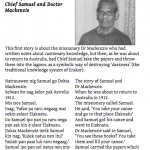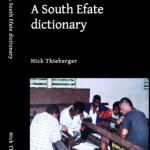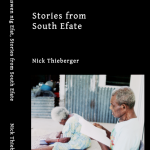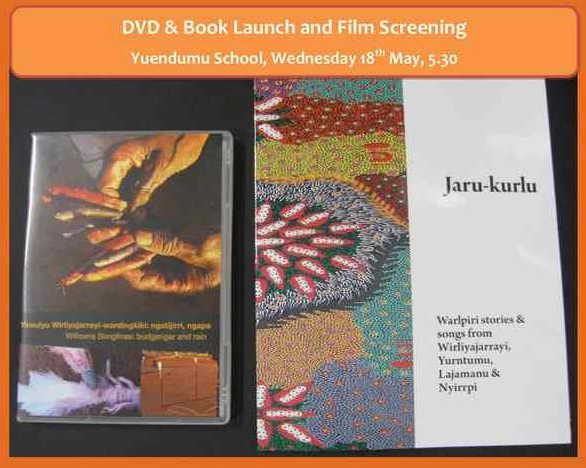Lauren Gawne recaps last night’s Linguistics in the Pub, a monthly informal gathering of linguists in Melbourne to discuss topical areas in our field.
This month we were joined by Barbara Kelly (The University of Melbourne), who has extensive experience in the fields of language documentation and child language acquisition for a discussion into the why and how of documenting child language. Barb started the discussion by mentioning that many people who work in language documentation have the perception that child language is not relevant to them – but child data is relevant to anyone. Although the general fieldwork model of only working with adult native speakers is the current general practise it is only one way to document a language and documenting child language can also provide useful data.
Child language acquisition data is important for a number of reasons, and the discussion only touched upon a few of the most pressing. One of the most pressing is that language doesn’t occur in a vacuum, to get a full understanding of how the language works and is used it is insufficient to just record adults talking with adults. In language communities adults spend a lot of time interacting with children and so how they talk, and are talked to by the children, are important. It’s also important to understand how the language is acquired. Granted, it’s not possible for a single researcher to work on ever angle, but to even collect data while on fieldwork gives someone else the opportunity to investigate potentially interesting acquisition patterns. We might have a good idea of how English language features develop, but for grammatical features outside of English such as evidential or highly polysynthetic languages there are still some very basic questions that need to be addressed. Also, in terms of language maintenance and revival working with children is paramount. By asking them to share their language with you there’s the potential to help them understand what is special or important about their language, and in reclamation projects the easiest way to figure out materials to teach a child is to listen to what a child sounded like. Finally, working with children can be fun and challenging. It’s an opportunity to throw out the last shred of control you thought you had over a fieldwork situation and just see where a session takes you.
 Follow
Follow



